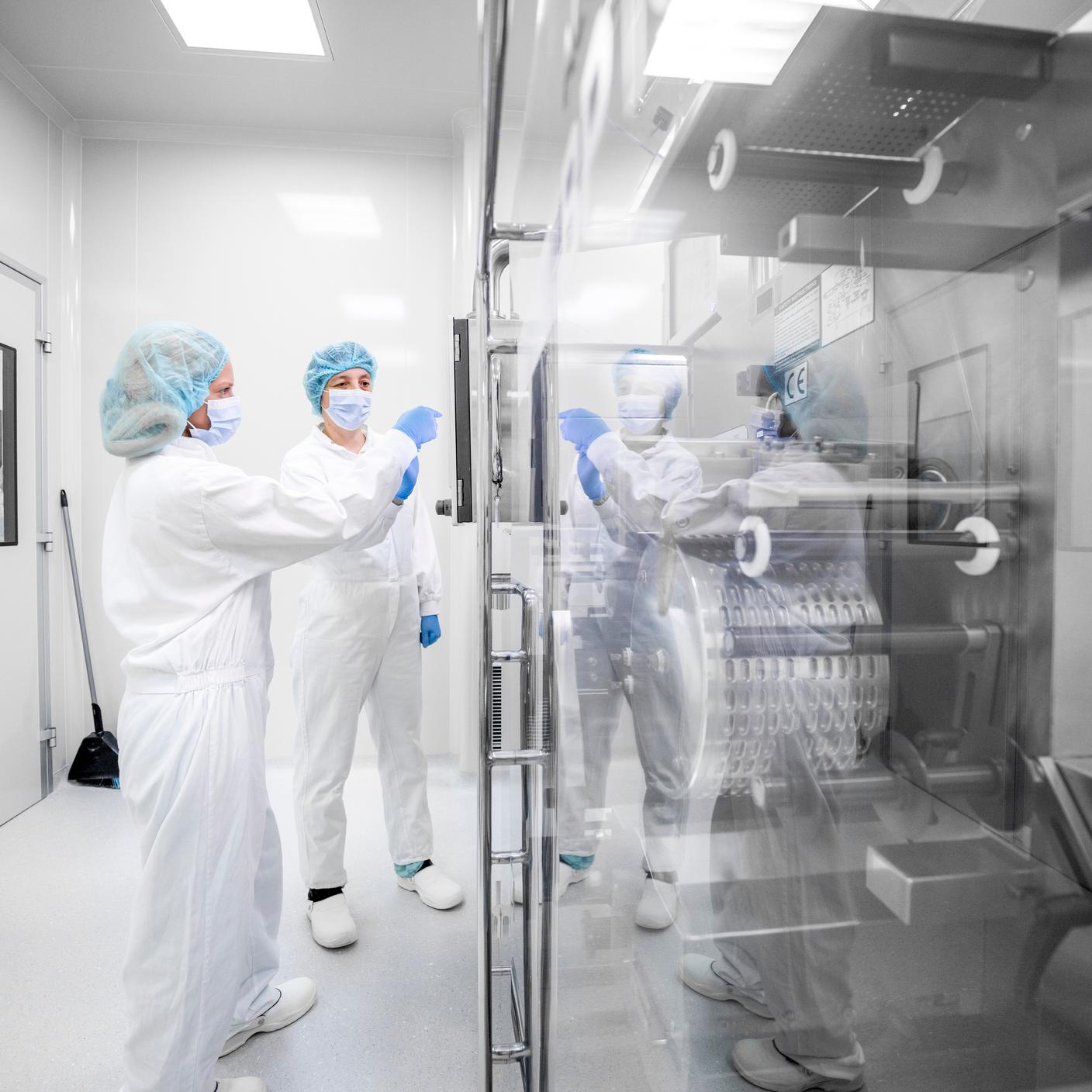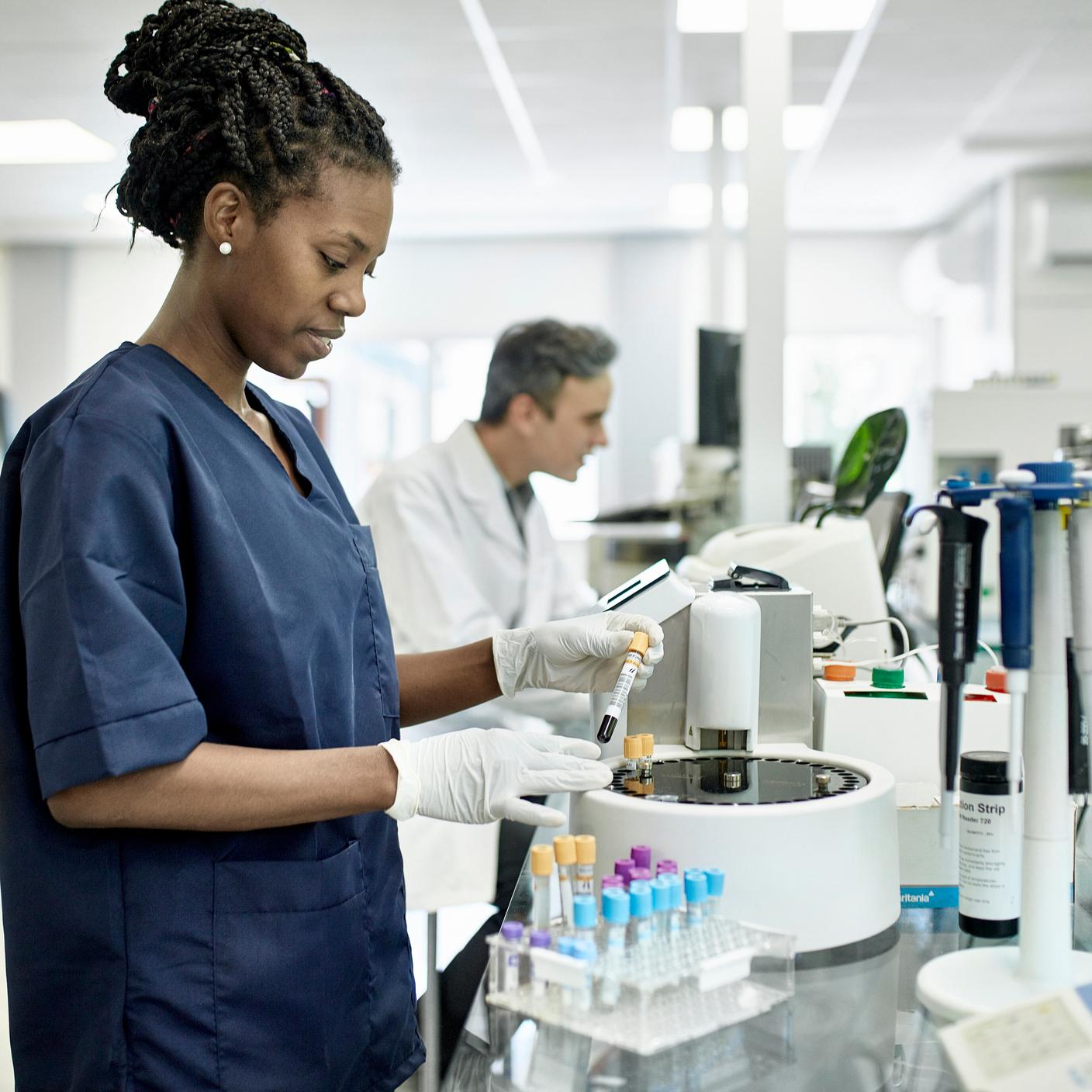Across the world, societies are successfully increasing access to treatment for diseases and illnesses through the use of key antibiotics, leaning into the opportunity to create a more sustainable world. But as a lack of focus on environmental considerations when manufacturing antibiotics begins to threaten the miracles of modern medicine, it seems that rather than being separate issues, the two are completely intertwined.
Antimicrobial resistance (AMR) has become a global health threat
According to the World Health Organization, antimicrobial resistance is a top 10 global public health threat. AMR describes what happens when bacteria, viruses or parasites change and develop a resistance to the antibiotics designed to treat them. Antibiotic discharge is a real environmental concern.
There are a few ways that antibiotics get into the environment where the chain of resistance begins. A major portion of these comes from agriculture; from medicines given to animals that are then excreted and used as manure to fertilize the land.
A smaller portion comes from the disposal of unused medicines and also from manufacturing antibiotics. For example, during manufacturing of antibiotics, poorly managed wastewater discharge can find its way into our everyday water systems – which could be a contributing factor to resistance of drugs used to treat all kinds of bacterial infections.
What can your organization do about it?
For pharmaceutical manufacturers, the question is how best to manage and control waste streams across the global supply chain. The scale is the challenge here, as well as measuring concentrations of antibiotic discharge effectively. How can we understand the level of discharge coming from manufacturers into local public water systems? And how do we measure dilution rates?
Although manufacturing waste emissions aren’t the main source of antibiotics in our environment, some companies are proactively managing waste by taking a risk-based approach.
We are proactively taking action to address the situation, and by doing so can help mitigate the AMR challenge.
How BSI is collaborating for sustainability across the healthcare ecosystem
We’ve partnered with the healthcare ecosystem to take concrete action and drive change on this public health threat, leveraging our expertise in standardization and independent certification.
In June 2022, we facilitated the development of a private industry standard, collaborating with the AMR Industry Alliance to describe how to responsibly manufacture antibiotics.
This standardization helps you understand how to measure and monitor their environmental impact of waste discharge, and then embed these approaches through their supply chain.
As an extension of the standardization, we have also developed a certification program which launched in June 2023.
This program is intended for widespread adoption across the pharmaceutical industry. It focuses on certifying individual antibiotic products by ensuring effective control of antibiotic discharge emissions from solid and liquid waste streams during manufacturing.
Any antibiotic product that demonstrates conformance to the standard will become certified. The goal is that all antibiotics can be certified to have a hugely purpose-driven impact on sustainability in healthcare, by mitigating the wider public health threat around antimicrobial resistance.
An expectation for the future
Some governments and health system procurers in Europe are already asking for evidence that antibiotics have been made responsibly, with a focus on environmental considerations. With complex supply chains, the answers can be hard to come by.
Certified antibiotics offer the opportunity to streamline and simplify the procurers’ evidence requirements, leading pharmaceutical organizations to engage themselves, but also to urge more suppliers to respond by manufacturing responsibly for both people and the planet.
Find out more about the AMR Industry Alliance Antibiotic Manufacturing standard >








